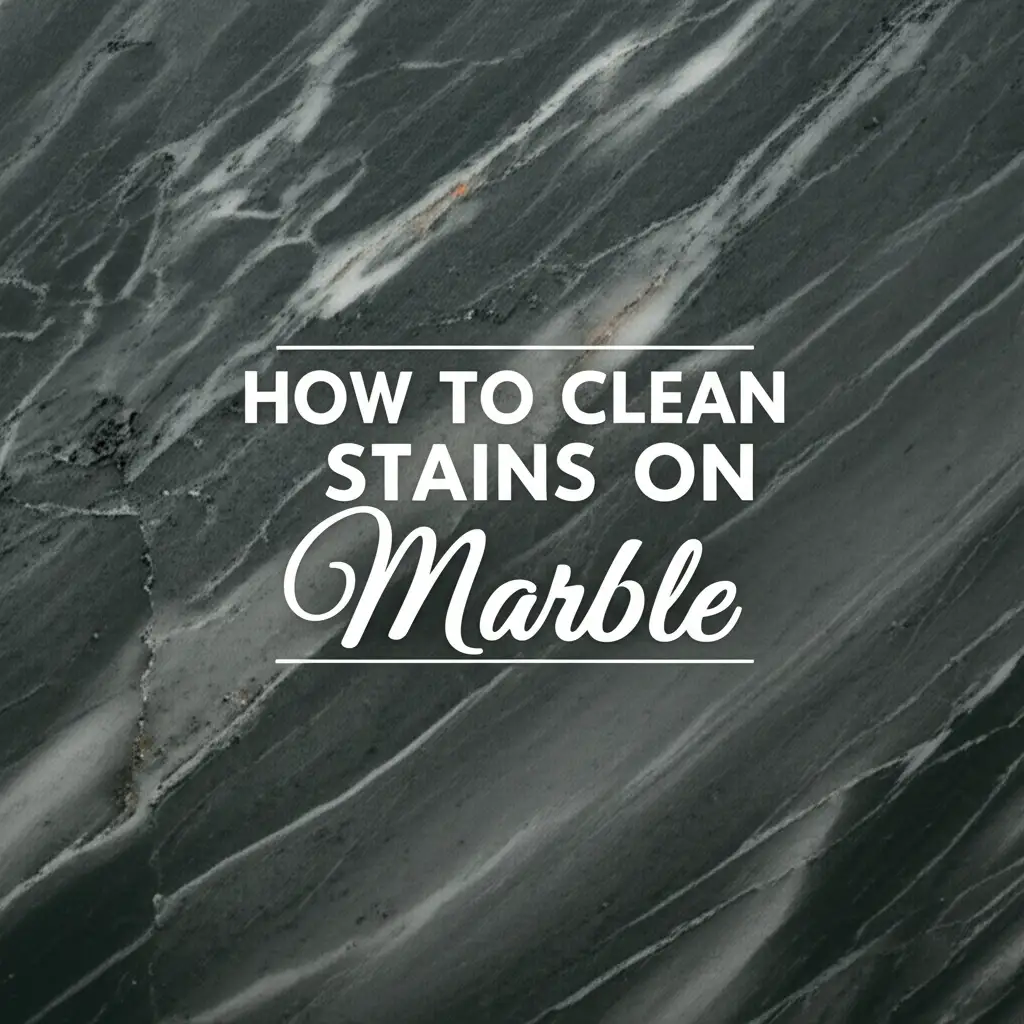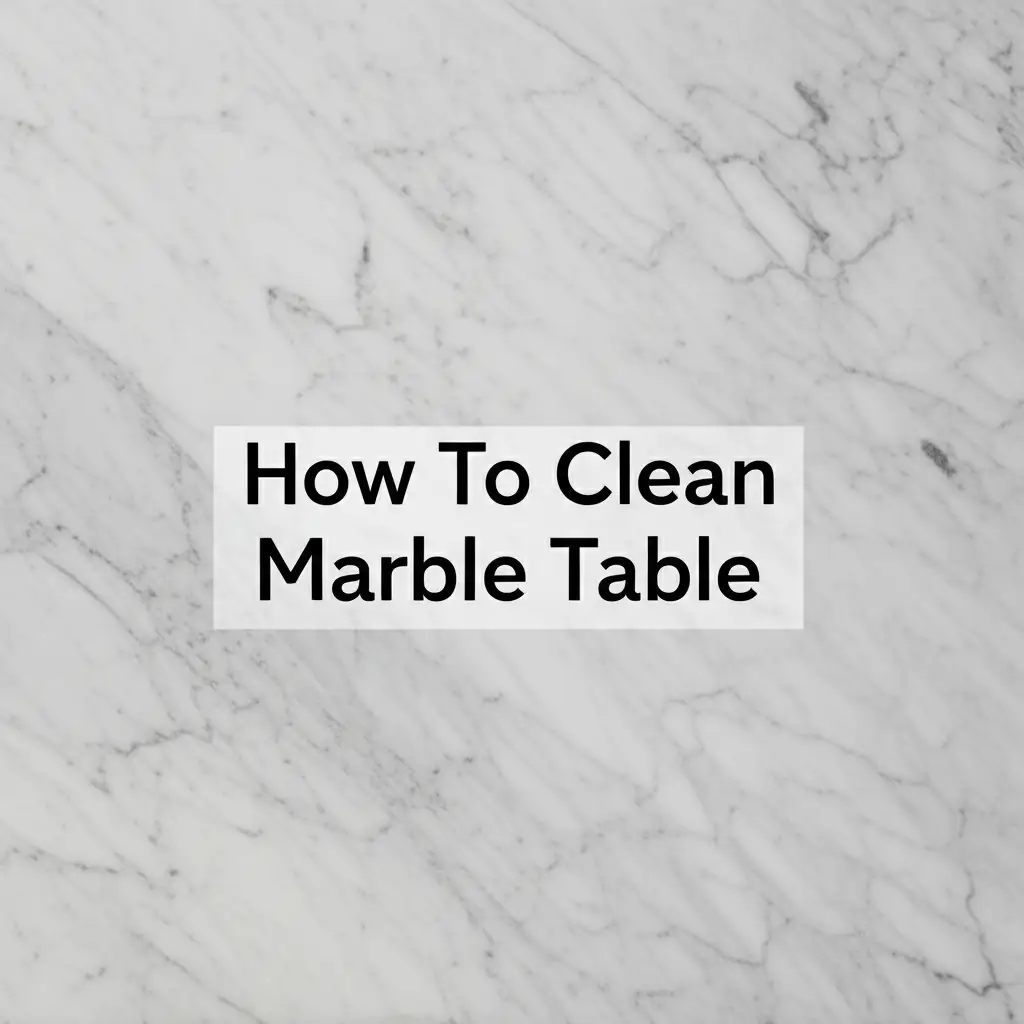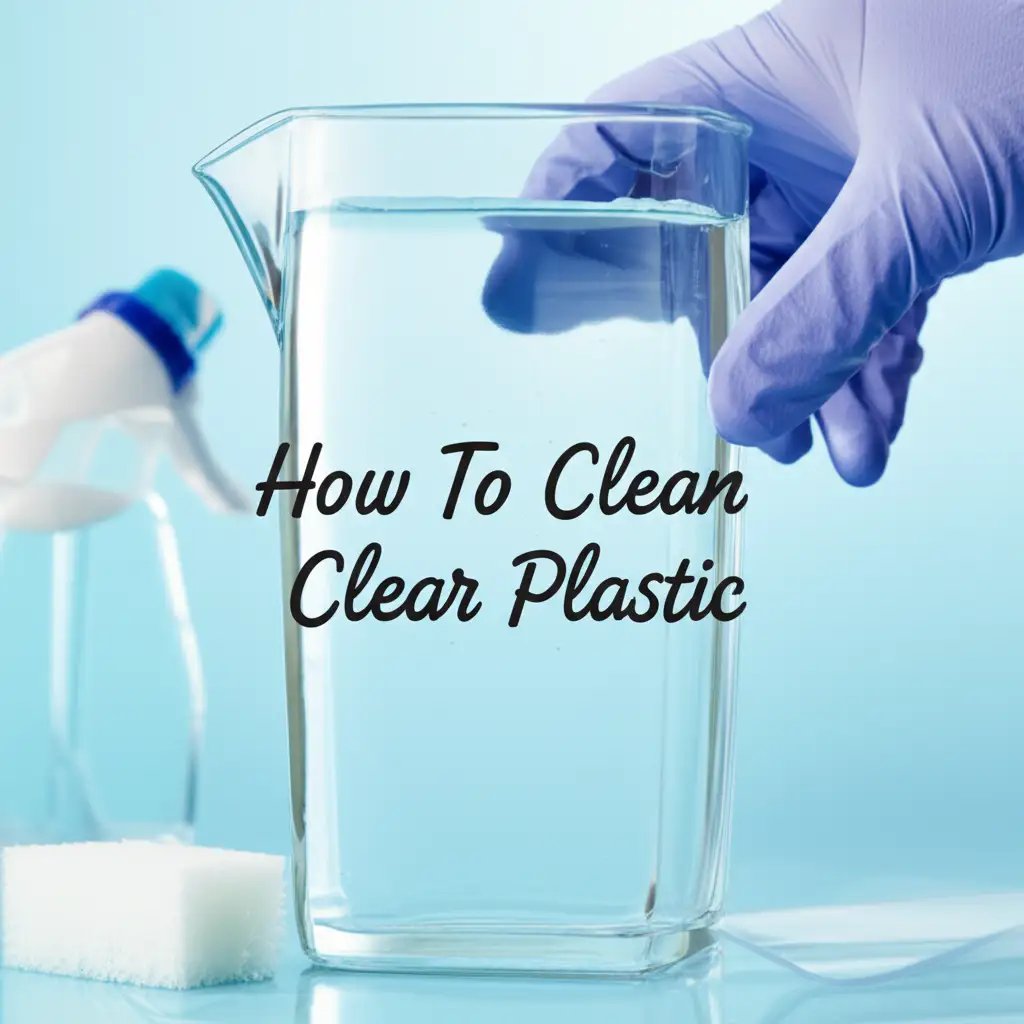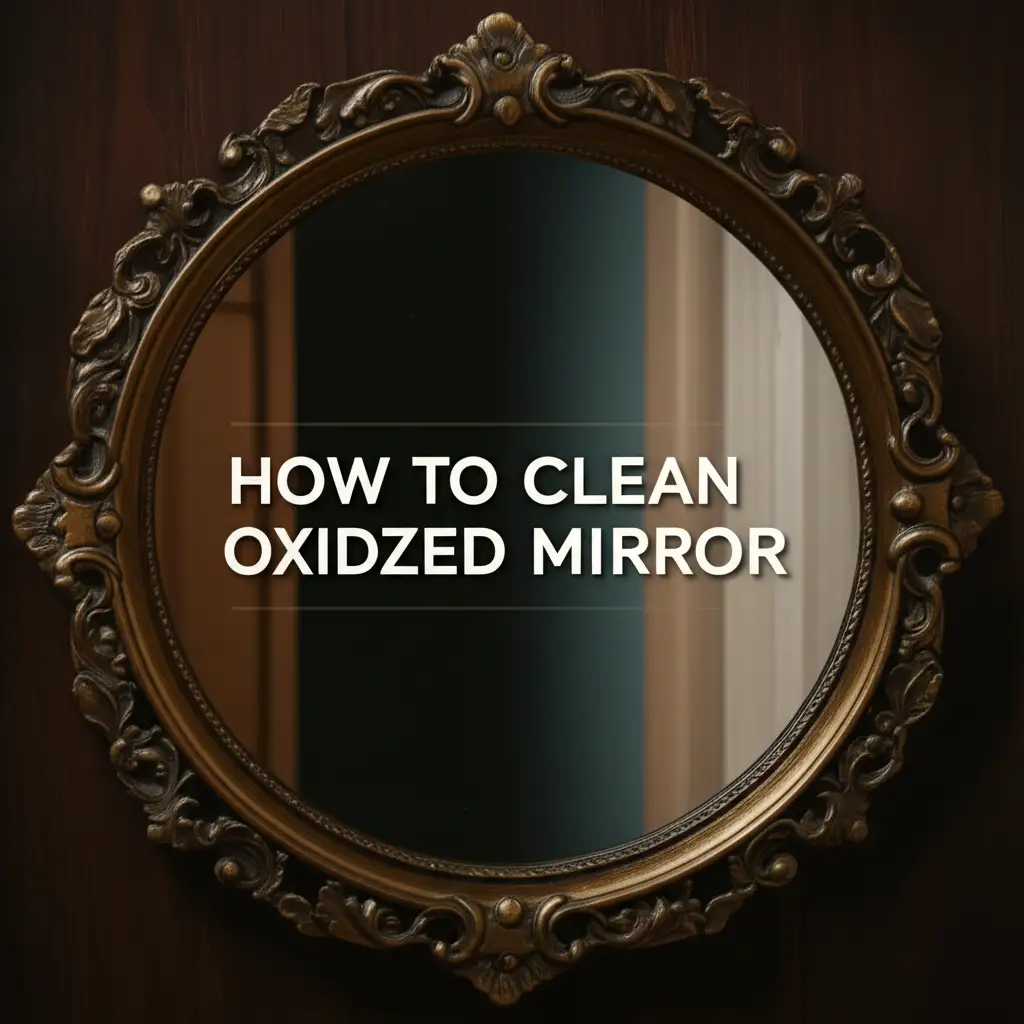· Home Care · 18 min read
How To Clean Vomit Off Couch

How To Clean Vomit Off Your Couch: A Complete Guide
Accidents happen. One moment, your couch looks great. The next, a messy surprise appears. When someone vomits on your couch, you need to act fast. Cleaning vomit off your couch can feel daunting. This guide makes the process simple. I will show you how to clean vomit off your couch effectively. You will learn to remove stains and bad smells. We cover immediate steps, choosing cleaners, and thorough cleaning methods. This article also provides tips for odor removal and future prevention.
Takeaway
Cleaning vomit off your couch requires quick action and the right steps.
- Remove solids immediately to prevent deeper penetration.
- Blot the area, do not rub, to lift the stain.
- Choose suitable cleaning solutions based on your couch fabric.
- Always pre-test cleaners in an hidden area first.
- Ensure thorough drying to prevent mold and mildew.
- Address odors with baking soda or enzyme cleaners for a fresh finish.
Clear Answer
To clean vomit off a couch, first remove solids. Then, blot the affected area with a clean cloth. Apply a suitable cleaning solution, such as diluted white vinegar or an enzyme cleaner, according to fabric type. Blot again to lift the stain. Finally, rinse with clean water and let the couch dry completely, addressing any lingering odors with baking soda.
Act Fast: Immediate Steps for Vomit Cleanup on Upholstery
Time is critical when vomit lands on your couch. The quicker you respond, the better your chances of full stain removal. Vomit contains acids and dyes that can set quickly into upholstery fibers. This makes cleaning much harder if you wait. Immediate action prevents permanent damage and reduces lingering odors. This step prevents the mess from spreading deeper into your couch.
Gather Your Tools
Before you start cleaning, gather all necessary supplies. Having everything ready saves time. It prevents you from pausing mid-clean. You likely have most items in your home already.
- Gloves: Always wear protective gloves. Vomit contains bacteria and viruses. Gloves protect your skin from germs and cleaning solutions.
- Plastic bags: Use these for disposing of solid waste. Seal them tightly to contain odors and germs.
- Spoon or dull knife: These tools help scoop up solids without pushing them further into the fabric.
- Paper towels or clean cloths: You need absorbent materials. Use them for blotting and drying.
- Bucket of water: This is for rinsing cloths and preparing solutions.
- Cleaning solution: Choose an appropriate cleaner based on your couch fabric. (More on this later).
Remove Solids Carefully
This is the very first and most important step. Do not skip it. Gently scoop up as much solid vomit as possible. Use a spoon or a dull knife for this task. Work from the outside of the mess inward. This stops the vomit from spreading to clean areas of the couch. Place all scooped solids into a plastic bag. Seal the bag tightly and dispose of it in an outside bin immediately.
Blot, Do Not Rub
After removing solids, you will see a liquid stain remaining. Now, grab your paper towels or clean cloths. Begin blotting the wet area. Press firmly but gently. The goal is to absorb the liquid, not to rub it in. Rubbing pushes the vomit deeper into the fabric. It can also spread the stain. Change to a clean part of your cloth or a fresh paper towel often. Continue blotting until no more moisture transfers to your cloth. This initial blotting removes a significant amount of the stain. It prepares the area for cleaning solutions. Dealing with accidents quickly helps a lot. If you have experience with other liquid messes, the principles are similar. For instance, cleaning up liquid spills like those found when you clean pee off a couch or even tackling small baby stains like cleaning spit up off couch involves careful blotting.
Choosing the Right Cleaning Solution for Couch Vomit Stains
Selecting the correct cleaning solution is vital. The wrong cleaner can damage your couch fabric. It might set the stain permanently. Different fabrics react differently to various chemicals. Always check your couch’s cleaning code first. This code is usually found on a tag underneath a cushion or on the couch frame.
Understanding Fabric Codes
Couch manufacturers provide care instructions. These are typically given as codes:
- W: Water-based cleaner is safe. This is the easiest type to clean.
- S: Solvent-based cleaner is safe. Do not use water.
- WS: Water-based or solvent-based cleaners are safe. This offers flexibility.
- X: Only vacuuming is safe. No liquids allowed. This fabric might need professional cleaning.
Always follow your couch’s specific code. Using the wrong cleaner can cause shrinking, discoloration, or water rings.
DIY Solutions: Vinegar and Baking Soda
For many “W” or “WS” coded fabrics, natural solutions work well. These are often readily available at home. They are safer for you and your pets.
- White Vinegar Solution: Vinegar is a mild acid. It helps break down vomit components. It also neutralizes odors. Mix equal parts white vinegar and cool water in a spray bottle. Shake well before use. Vinegar is excellent for many cleaning tasks. You can use similar solutions when you clean shower with vinegar to remove tough soap scum.
- Baking Soda Paste: Baking soda is an absorbent. It pulls out moisture and odors. It is also a mild abrasive. Mix baking soda with a little water to form a paste. This paste is effective for lingering smells. It also works great for general couch freshening. Knowing how to clean couch with baking soda is a useful skill.
Enzyme Cleaners: The Odor Eliminators
Enzyme cleaners are powerful. They contain special enzymes. These enzymes break down organic matter. Vomit is organic matter. These cleaners are very effective at removing stains and odors. They are especially good for pet accidents. Look for cleaners labeled “enzymatic” or “pet stain and odor remover.” They work by digesting the proteins in vomit. This eliminates the source of the odor, not just masking it. Follow the product instructions carefully.
Commercial Upholstery Cleaners
Many commercial products exist. They are formulated for various upholstery types.
- Foaming Cleaners: These lift dirt to the surface. They are often applied directly.
- Spray Cleaners: These saturate the stain. They are then blotted away.
- Cleaning Machines: Small portable spot cleaners, like a Bissell Little Green, can be very effective. They apply solution and then suction it back up. This deep cleans the fibers.
- Steam Cleaners: For some fabrics, a steam cleaner works well. It uses hot steam to sanitize and loosen stains. If you are comfortable with the process, learning how to clean couch with steamer can be beneficial. Always test these powerful methods first.
Always pre-test any commercial cleaner. Choose a hidden area on your couch. Apply a small amount. Wait a few minutes. Check for discoloration or damage. If the area looks good, proceed with cleaning the main stain.
Step-by-Step Guide to Deep Cleaning Vomit Stains
After initial cleanup and choosing your solution, it’s time for a thorough deep clean. This process removes the visible stain. It also lifts any remaining particles from the fabric fibers. Patience and careful work are key here. Do not rush the steps.
Pre-Test Your Solution
This step cannot be stressed enough. Even if you checked the fabric code, always pre-test your chosen cleaning solution. Find an inconspicuous spot on your couch. This could be the back, underside of a cushion, or an unseen corner. Apply a small amount of the cleaning solution. Let it sit for 5-10 minutes. Blot it dry with a clean white cloth. Check for any color change, shrinking, or water rings. If the fabric shows no adverse reaction, you can proceed. This simple test prevents potential damage to your furniture.
Apply and Let Sit
Once you confirm the solution is safe, apply it to the vomit stain.
- For liquid solutions (vinegar, enzyme cleaners): Lightly mist the stained area. Do not over-saturate the fabric. A damp couch can develop mold if it does not dry properly.
- For baking soda paste: Apply a generous layer directly onto the stain.
- For commercial foams: Follow the product instructions for application.
Allow the solution to sit on the stain for the recommended time. This lets the cleaning agents work. For most solutions, 10-15 minutes is sufficient. Enzyme cleaners may need more time, sometimes up to an hour. This dwell time helps break down the vomit residues.
Blotting and Rinsing
After the solution has sat, it’s time to blot again. Use a clean, dry, white cloth or paper towels. Begin blotting from the outside edge of the stain. Work your way inward. This prevents spreading the stain. As you blot, you will see the stain transferring to your cloth. Continue blotting until no more color comes off. Replace your cloth with a clean one as it becomes soiled.
Once the stain appears lifted, you need to rinse the area. Fill a spray bottle with plain, cool water. Lightly mist the cleaned area. Do not saturate it. Immediately blot the water back up with a fresh, dry cloth. This removes any cleaning solution residue. Residue can attract dirt later or leave a sticky feel. Repeat the misting and blotting process several times. This ensures a thorough rinse.
Final Rinse and Dry
After rinsing, ensure the couch dries completely. Air drying is usually best.
- Open windows: Increase air circulation in the room. This speeds up drying.
- Use fans: Place a fan near the cleaned area. This helps evaporate moisture faster.
- Avoid heat: Do not use a hairdryer or direct heat. This can set stains or damage fabric.
- Lift cushions: If possible, stand cushions on their side. This allows air to circulate around them.
The couch must be completely dry. Any lingering moisture can lead to mildew. Mildew causes a musty smell and can damage your upholstery. Drying can take several hours, or even a full day. Check the area with your hand to ensure it is dry to the touch. This careful drying helps maintain your couch’s integrity. Just like when you clean dirt off a white couch, complete drying is essential to prevent new issues.
Tackling Stubborn Odors and Lingering Smells from Vomit
Even after a thorough cleaning, a faint odor might remain. Vomit smells are notoriously strong. They can penetrate deep into couch fibers. Getting rid of the smell is as important as removing the stain. Persistent odors indicate that some organic matter still exists. You need to neutralize these odor molecules.
Baking Soda Power
Baking soda is a natural deodorizer. It absorbs odors instead of just masking them. This makes it ideal for post-vomit cleaning.
- Application: After the couch is completely dry from cleaning, generously sprinkle baking soda over the entire affected area. Make sure to cover the stain fully.
- Dwell time: Let the baking soda sit for several hours, or even overnight. The longer it sits, the more odor it absorbs. For very strong smells, leave it for 24 hours.
- Removal: Use a vacuum cleaner to thoroughly remove the baking soda. Ensure your vacuum has strong suction. You can learn more about how baking soda works for cleaning by checking out our guide on how to clean couch with baking soda. Repeat this process if a faint odor still lingers.
Activated Charcoal Absorption
Activated charcoal is another excellent odor absorber. It is highly porous. This means it has a large surface area. It traps odor molecules.
- Placement: Place small bowls of activated charcoal near the cleaned area. Do not place it directly on the couch. This avoids potential black marks.
- Duration: Leave the charcoal in place for a few days. It will draw odors out of the air and fabric. Activated charcoal is great for general room deodorizing too.
Professional Odor Removers
If natural methods are not enough, consider professional-grade odor eliminators. These are often enzyme-based, similar to the cleaners mentioned earlier. They continue to break down odor-causing molecules.
- Product selection: Look for products specifically designed for organic odors. Read reviews and follow instructions carefully.
- Spot treatment: Apply only to the affected area. Test in an inconspicuous spot first. These products are usually very effective.
Air Circulation and Drying
Good airflow helps dissipate odors. It also ensures the couch remains dry.
- Open windows: Fresh air helps carry away lingering smells.
- Fans: Use fans to create air movement. Direct them towards the couch.
- Dehumidifier: In humid climates, a dehumidifier can help. It removes moisture from the air. This speeds up drying and prevents mold growth. A dry environment discourages odor-causing bacteria. Ensuring thorough drying is crucial. This step prevents new odors. It keeps your couch fresh. For other odor issues, such as mold, vinegar can also be a helpful tool. You can find tips for dealing with smells and even how to clean mold with vinegar if you face similar challenges.
Disinfecting Your Couch After Vomit: Essential Health Steps
Cleaning up vomit is not just about removing stains and smells. It is also important to disinfect the area. Vomit can carry bacteria and viruses. These can pose health risks. Disinfecting ensures your couch is safe and hygienic. This step kills germs that might remain after cleaning.
Why Disinfection Matters
Vomit often contains harmful microorganisms. These can be norovirus, rotavirus, or various bacteria. These germs can survive on surfaces for days or even weeks. If not disinfected, your couch could become a source of illness. Proper disinfection destroys these pathogens. It protects your family’s health. This step gives you peace of mind.
Safe Disinfectants for Upholstery
Choosing the right disinfectant is important. You need something strong enough to kill germs but gentle enough for your couch fabric.
- Quaternary Ammonium Compounds (Quats): Many commercial upholstery disinfectants use quats. These are effective against a wide range of bacteria and viruses. Look for products labeled “disinfectant” that are safe for fabrics. Always read the label. Ensure it says “safe for upholstery” or “fabric safe.”
- Hydrogen Peroxide: A 3% hydrogen peroxide solution can act as a disinfectant. It breaks down into water and oxygen. This makes it generally safe for many surfaces. Test it on an inconspicuous area first. Some fabrics might bleach slightly. Apply it lightly with a spray bottle. Let it sit for 10-15 minutes. Then blot dry.
- Rubbing Alcohol (Isopropyl Alcohol): Alcohol is a good disinfectant. A solution of 70% isopropyl alcohol works well. It evaporates quickly. This reduces the risk of water damage. Test it on a hidden spot first. Alcohol can sometimes affect fabric dyes. Use a spray bottle for light application. Let it air dry completely.
Natural Disinfectants
Some natural options offer mild disinfectant properties. They are not as strong as chemical disinfectants. But they can help for general sanitation.
- White Vinegar: While great for stains and odors, vinegar is a mild disinfectant. It kills some bacteria and viruses. It is not as powerful as bleach or quats. However, it is a safe option for many fabrics. You can use a 50/50 mix with water. This solution helps to sanitize. We often recommend similar solutions when discussing how to clean showers with vinegar. It’s a versatile cleaner.
- Tea Tree Oil: Tea tree oil has natural antiseptic properties. Mix a few drops with water in a spray bottle. This can be used as a mild sanitizer. Always dilute it properly. Test it on an hidden area first. Undiluted tea tree oil can be too strong.
After applying any disinfectant, ensure the couch dries completely. Good air circulation helps. Disinfection provides a final layer of cleanliness. It makes your couch truly clean and safe to use again.
Preventing Future Vomit Stains and Protecting Your Couch
No one wants to deal with vomit on the couch twice. While accidents can happen, you can take steps to minimize damage. Protecting your couch proactively saves you time and effort later. These measures create a barrier against spills and make future cleanups easier.
Fabric Protectors
Fabric protectors create an invisible shield on your upholstery. They repel liquids. This means spills bead up on the surface. They do not soak immediately into the fabric fibers.
- Types: Look for protectors like Scotchgard or similar products. They are often aerosol sprays.
- Application: Apply according to product instructions. This usually involves spraying an even coat over the entire couch. Allow it to dry completely.
- Benefits: A fabric protector gives you precious extra minutes to clean up spills. This prevents the liquid from penetrating deep. It greatly reduces the chance of permanent stains. Reapply every 6-12 months for best results. This is similar to how you protect other surfaces. For example, knowing how to clean dirt off white couch often includes preventative tips for light-colored fabrics.
Washable Covers and Throws
This is a simple yet effective protective measure. Use washable couch covers or decorative throws.
- Function: Place these over high-traffic areas. They act as a first line of defense.
- Material: Choose covers made from durable, washable fabrics. Cotton, linen, or synthetic blends work well.
- Ease of Cleaning: If vomit occurs, the cover takes the brunt of the mess. You can simply remove it and toss it in the washing machine. This protects your actual couch. It makes cleanup significantly easier. Keep a few spare covers on hand for quick changes.
Quick Action Preparedness
Being prepared for accidents means less stress and better outcomes.
- Keep a cleaning kit: Assemble a small cleaning kit. Store it in an easily accessible place.
- Include: gloves, paper towels, a spray bottle (empty or pre-filled with vinegar solution), baking soda, and a dull knife or spoon.
- Know your couch’s code: Familiarize yourself with your couch’s cleaning code (W, S, WS, X). This helps you choose the right cleaning products quickly.
- Educate family members: Teach older children or other household members how to react to spills. Knowing to grab paper towels and blot, not rub, is a valuable skill.
By taking these preventative steps, you significantly reduce the impact of future vomit incidents. You protect your investment. Your couch stays cleaner and fresher for longer.
When to Call a Professional Cleaner for Vomit Removal
Sometimes, despite your best efforts, a vomit stain or odor persists. Or perhaps the situation is too overwhelming to handle alone. In these cases, it is wise to consider calling a professional upholstery cleaner. Professionals have specialized equipment and expertise. They can often achieve results that are impossible with home methods.
Large or Old Stains
- Large Spills: A very large volume of vomit can soak deep into the couch. It might penetrate past the fabric into the foam or padding. Home cleaning might only address the surface.
- Old Stains: If a vomit stain has been left to dry and set for a long time, it becomes much harder to remove. The proteins and dyes bond strongly with the fabric fibers. Professional cleaners use stronger solutions and methods to break down these aged stains. They have more powerful extraction tools to pull deep-seated residues out.
Delicate Fabrics
Some couch fabrics are very delicate. Silk, velvet, or antique upholstery require special care. Using the wrong cleaning method can cause irreversible damage.
- Risk of Damage: Water-based solutions might stain or shrink silk. Harsh chemicals can ruin velvet’s nap.
- Expert Knowledge: Professional cleaners understand different fabric types. They know the correct cleaning agents and techniques for each. They can clean delicate materials without causing harm. They have specialized tools that are gentle yet effective.
Persistent Odors
Even if the visible stain is gone, a lingering smell means the odor source remains. This source is often deep within the cushion or padding.
- Deep Penetration: Odor molecules can get trapped in the couch’s interior.
- Advanced Equipment: Professionals use industrial-strength enzyme treatments and powerful extraction machines. These can reach deeper than consumer-grade equipment. They remove the odor-causing bacteria and organic material. This eliminates the smell permanently. Airing out and baking soda only work so much. For truly embedded smells, a professional intervention is often necessary.
Health Concerns
Dealing with vomit can be unpleasant and pose health risks. If you are pregnant, have a compromised immune system, or simply feel uncomfortable, hiring a professional is a good choice.
- Biohazard Removal: Vomit is a biohazard. Professionals are trained in safe handling and disposal of biohazardous materials. They wear proper personal protective equipment.
- Peace of Mind: Knowing the area is disinfected and thoroughly cleaned by experts provides reassurance. It removes the stress and health concerns from your shoulders.
Professional cleaners offer specialized services. They can restore your couch to a clean, fresh state. They save you effort and ensure the job gets done right.
Frequently Asked Questions
How do you get old vomit smell out of a couch?
To remove old vomit smell, first ensure the area is dry. Then, liberally sprinkle baking soda over the affected spot. Let it sit for at least 12-24 hours. The baking soda absorbs odors. After waiting, vacuum up all the baking soda thoroughly. You may need to repeat this process several times for strong, old odors. For deeper smells, an enzyme cleaner might be necessary.
Can I use a steam cleaner for vomit on a couch?
Yes, you can use a steam cleaner for vomit on some couches. Steam cleaners use hot vapor to loosen stains and kill germs. However, always check your couch’s fabric code first. Steam is safe for “W” or “WS” coded fabrics. Do not use it on “S” or “X” coded fabrics. Steam can cause shrinkage or water marks on unsuitable materials. Test a small, hidden area before full application.
What’s the best homemade cleaner for vomit on upholstery?
For most “W” or “WS” coded upholstery, a solution of equal parts white vinegar and cool water works best. This mixture helps break down organic matter and neutralize odors. For stubborn smells, a paste made from baking soda and a little water can be applied directly. Always pre-test any homemade solution on an inconspicuous spot of the couch first.
- vomit stain removal
- couch cleaning
- upholstery care
- odor elimination
- deep cleaning




